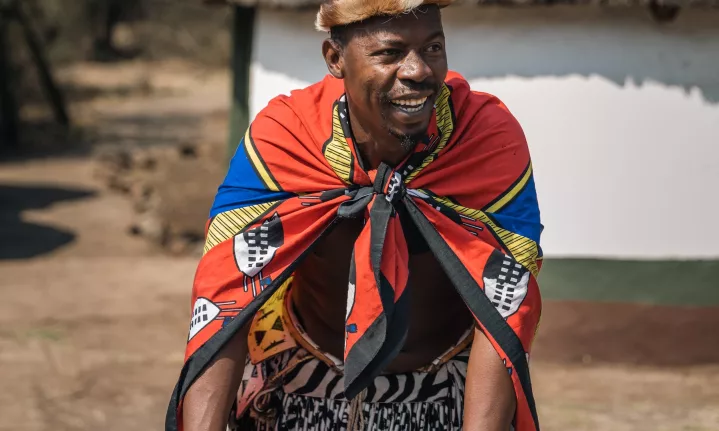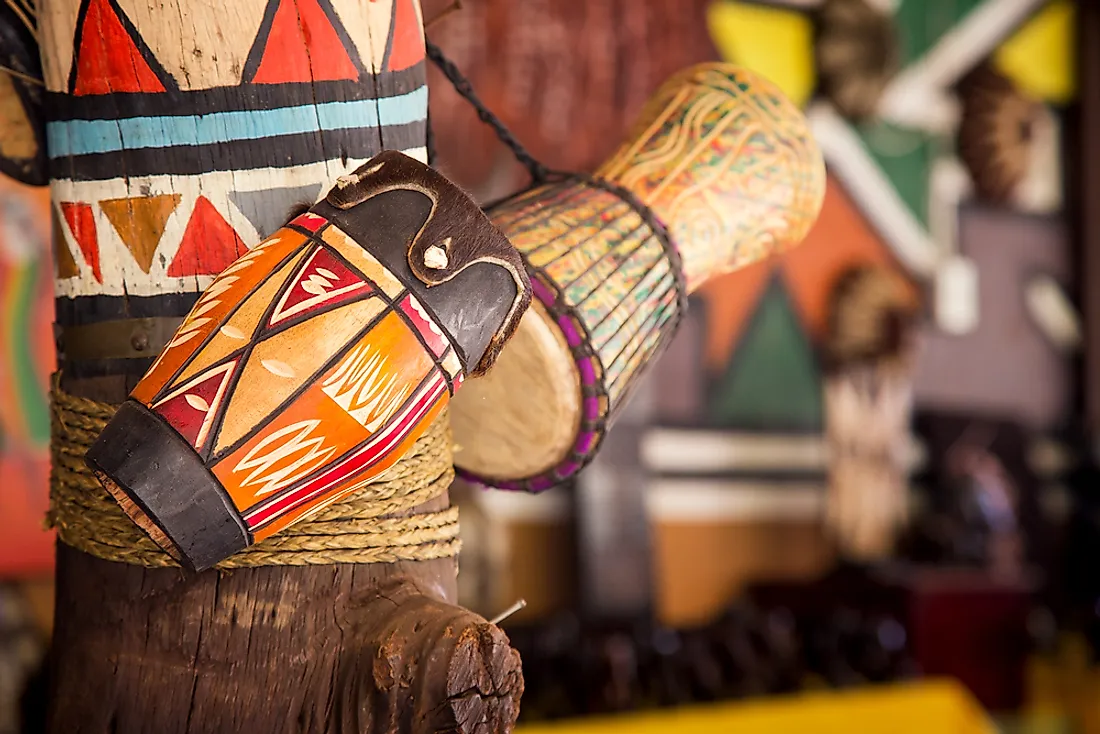Rumored Buzz on South African Culture Today
Rumored Buzz on South African Culture Today
Blog Article
Rumored Buzz on South African Culture Today
Table of ContentsGetting The South African Culture Today To WorkLittle Known Questions About South African Culture Today.The 20-Second Trick For South African Culture Today5 Simple Techniques For South African Culture TodaySouth African Culture Today Things To Know Before You Get ThisSome Of South African Culture Today
An issue of importance in Zambian villages is the passing away of loved ones. All members of the village put money, time and effort together for the burial of the deceased.Music and dance is an extremely crucial element of the Zambian society. The numerous tribal devices have their very own dancing kinds; nevertheless, makishi is typical amongst all tribes.
Our South African Culture Today Statements
When it pertains to songs, drums are used one of the most, with a selection of drumming events. In Zambia, majority of the individuals are Christian; Protestant and Roman Catholic. There are tiny groups of Muslims and Hindus, with the rest following neighborhood native tribal ideas.

South African heritage and society is exceptionally diverse, and contains various teams of individuals that each have their very own traditions and beliefs. Having such a diversity of individuals and cultures is what makes South Africa so special. In truth feeling of the phrase, we are a rainbow country.
Making it the 7th on the checklist of nations with the most Portuguese individuals in it outside of Portugal. Portuguese is not just a society, yet it is also a language and a race. Portuguese people stem from the nation of Portugal in Europe, however, due to Portugal (like many various other countries in Europe) discovering the globe and conquering various other nations throughout the 15th 20th centuries, South Africa has what we call Portuguese South African's living in it.
South African Culture Today - Truths
Among the popular features of the topography is a plateau that covers practically 2 thirds of the center of the nation. The plateau complex climbs toward the southeast, where it culminates in the Drakensberg variety, component of a cliff that separates the plateau from the seaside areas. The Drakensburg consists of Champagne Castle, the highest height in the country.
The region north of the Witwatersrand, called the bushveld, inclines downward from east to west towards the Limpopo River, which develops the global boundary. The western area of the plateau, the middleveld, additionally descends in the direction of the west and varies in elevation between the highveld and bushveld. In between the Drakensburg and the eastern and southerly coastline, the land descends to the sea.
Nearer the shore there is a low-lying plain called the eastern lowveld. Southwest of the plateau the country ends up being considerably much more dry, paving the way to the hostile desert of the Great Karroo, verged on the eastern by the lower, better sprinkled plateau of the Little Karroo. Separating the completely dry southern interior from the sandy littoral of the southerly coast and West Cape is an additional range, the Langeberg.
The Single Strategy To Use For South African Culture Today
The country's racially, ethnically, and politically separated history has produced national and subnational icons that still operate as symbols of the country, and others symbols that are approved just by particular teams. The monoliths to white inhabitant conquest and political supremacy, such as the Afrikaner Voortrekker ("pioneer") Monument in Pretoria and the Rhodes Monument recognizing the British colonial realm builder and Cape head of state Cecil Rhodes, stay sectarian symbols.
The first modern-day inhabitants were the San ("bushman") hunter-gatherers and the Khoi ("Hottentot") individuals, that rounded up livestock (South African culture today). The San might have existed for thousands of years and left evidence of their presence in hundreds of old cave paints ("rock art"). Bantu-speaking clans that were the forefathers of the Nguni (today's amaZulu, amaXhosa, amaSwazi, and vaTsonga peoples) and Tswana-Sotho language groups (today's Batswana and Southern and Northern Basotho) moved down from eastern Africa as very early as the fifteenth century

Both previous republics of the Orange Free State and Transvaal (South African Republic) were established by Afrikaner inhabitants that defeated and see this site dispossessed the Basotho and Batswana. Lesotho would certainly have been by force included into the Orange Free State without the expansion of British protection in 1869. The utmost unification of the country arised from the South African Battle (18991902) in between the British and both Afrikaner republics, which decreased the nation to destroy at the start of the twentieth century.
Afrikaners traditionally considered themselves the only true South Africans and, while giving complete citizenship to all residents of European descent, rejected that condition to people of color up until the autonomous change of 1994. British South Africans maintain a feeling of social and social link to Great Britain without compromising their identification as South Africans.
Facts About South African Culture Today Revealed
The variety and fragmentation within ethnic groupings and the balance of tensions in between those groups during the twentieth century prevented interethnic civil conflict. While intergroup stress over resources, entitlements, and political supremacy stay, those conflicts are as most likely to match Zulu versus Zulu as Zulu versus Xhosa or African versus Afrikaner.
From colonial India, British vendors and managers brought the rounded metal ornamental roofing systems and slim lace job pillars that still epitomize the verandas of homes in the areas and cities throughout the nation. Residences of worship contribute a vital architectural element also in the smallest towns. Along with the rising steeples and timeless stonework of Afrikaans Dutch Reformed churches, Anglican churches, synagogues, mosques, and Hindu temples provide selection to the spiritual building scene.

Slaughtering and the developing of standard grain beer are important in safeguarding the participation and goodwill of the forefathers who are taken into consideration the have a peek at this website guardians of excellent fortune, success, and well-being. Indian neighborhoods preserve their indigenous culinary customs and use them on Islamic and Hindu routine and ceremonial events. Afrikaners and Coloured individuals collect at weekends and unique celebrations at multifamily bbqs called braais, where community bonds are enhanced.
Since this was the key economic enterprise of both black Africans and white colonists, conflict between those teams fixated the possession of grazing land and animals. In 1867, the biggest diamond deposits worldwide were discovered at Kimberley in the west central location. The wide range from those areas helped finance the exploitation of the best gold coral reef in the globe, which was discovered on the Witwatersrand in 1886.
10 Easy Facts About South African Culture Today Explained
This resulted in misunderstandings and Home Page purposeful misrepresentation in the dealings of white settlers and federal government authorities with African principals during the early american duration (South African culture today). In the establishment of African books, some facets of public and mainly "tribal depend on" land tenure were protected, and even in white backwoods, forms of communal period were still practiced in areas with African communities
After the democratic transformation of 1994, programs for land restitution, redistribution, and reform were instituted, yet progression has actually been slow-moving. The white minority still regulates eighty percent of the land. Following agricultural land intrusions in Zimbabwe, the Department of Land Matters has vowed to speed land redistribution.
Report this page